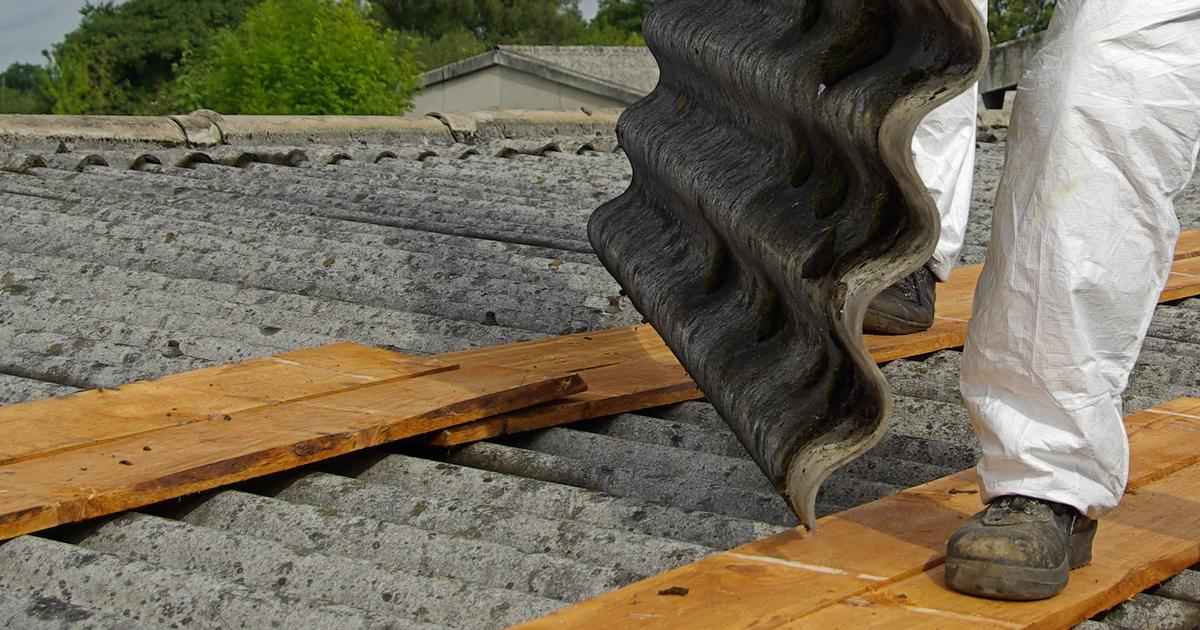What Causes Lung Cancer?
The lungs are the organs responsible for exchanging oxygen and carbon dioxide in the blood before the heart pumps it back around the body. Lung cancer is the top cause of all cancer-related deaths in the United States. Cancer that develops in the lung tissue can be aggressive in local tissues, but also spreads easily via the lymphatic or circulatory systems. Symptoms of lung cancer include cough, wheezing, chest pain, breathlessness, hoarseness, repeated respiratory infections, difficulty swallowing, weight loss, fatigue, and coughing up blood. Diagnosis of lung cancer can be made with a physical examination, blood tests, chest x-rays, CT scans, MRI scans, PET scans, bone scans, sputum cytology, bronchoscopy, needle biopsy, molecular testing, and thoracentesis. Lung cancer treatment may include surgery, chemotherapy, radiation, immunotherapy, and targeted therapy.
Lung cancer has several causes. Learn more about them now.
Smoking

Smoking cigarettes is the most significant risk factor and the leading cause of the development of lung cancer. Approximately twenty substances present in the smoke produced by tobacco have been identified as carcinogens or having cell mutating properties. Cigarette smoke enters an individual's lungs and comes into contact with the cells lining the interior structures of the lung. As soon as these carcinogenic substances come in contact with the cells, molecular changes begin to take place, and tissues start to incur damage. Initially, an individual's body may be able to successfully repair the damage that has been done to the DNA by these chemicals. However, the compounding damage and DNA alterations over time can override the ability of the body to be able to repair the damage without making mistakes and leaving mutations behind. When these mutations manipulate the cell into growing faster, dividing rapidly, and not ending its life cycle appropriately, malignancy starts to develop. The combination of the damaging effects of the chemicals in tobacco smoke on the lung tissues and the direct changes they induce in cellular DNA is what results in the development of lung cancer.
Keep reading to discover more causes and risk factors related to the development of lung cancer now.
Asbestos Exposure

Asbestos exposure regularly over an extended period can cause an individual to develop lung cancer. Asbestos is a term used to describe microscopic fiber bundles made up of a group of different minerals found in rocks and soil. Before the twentieth century, asbestos was used to insulate millions of structures, produce automobile parts, ceiling tiles, roofing shingles, cement, floor tiles, textiles, and countless other products. While asbestos is no longer used in production today, hundreds of thousands of individuals exposed to it have developed lung cancer as a result. Most patients developed lung cancer around fifteen years following first exposure. Inhaled asbestos fibers stick to the airways and burrow deep into the inner tissues of the lung. The fiber bundles cause inflammation of the lung tissues and then a subsequent immune response to attempt to mediate it. As the body attempts to repair the damage done to the lung tissues by the asbestos fibers, scar tissue begins to build up. Because of the constant damage and repair being done to the cells of the lung of an individual who inhales asbestos over a long duration, these tissues are prone to experiencing DNA mutations that cause the development of cancer.
Discover additional risk factors for lung cancer now.
